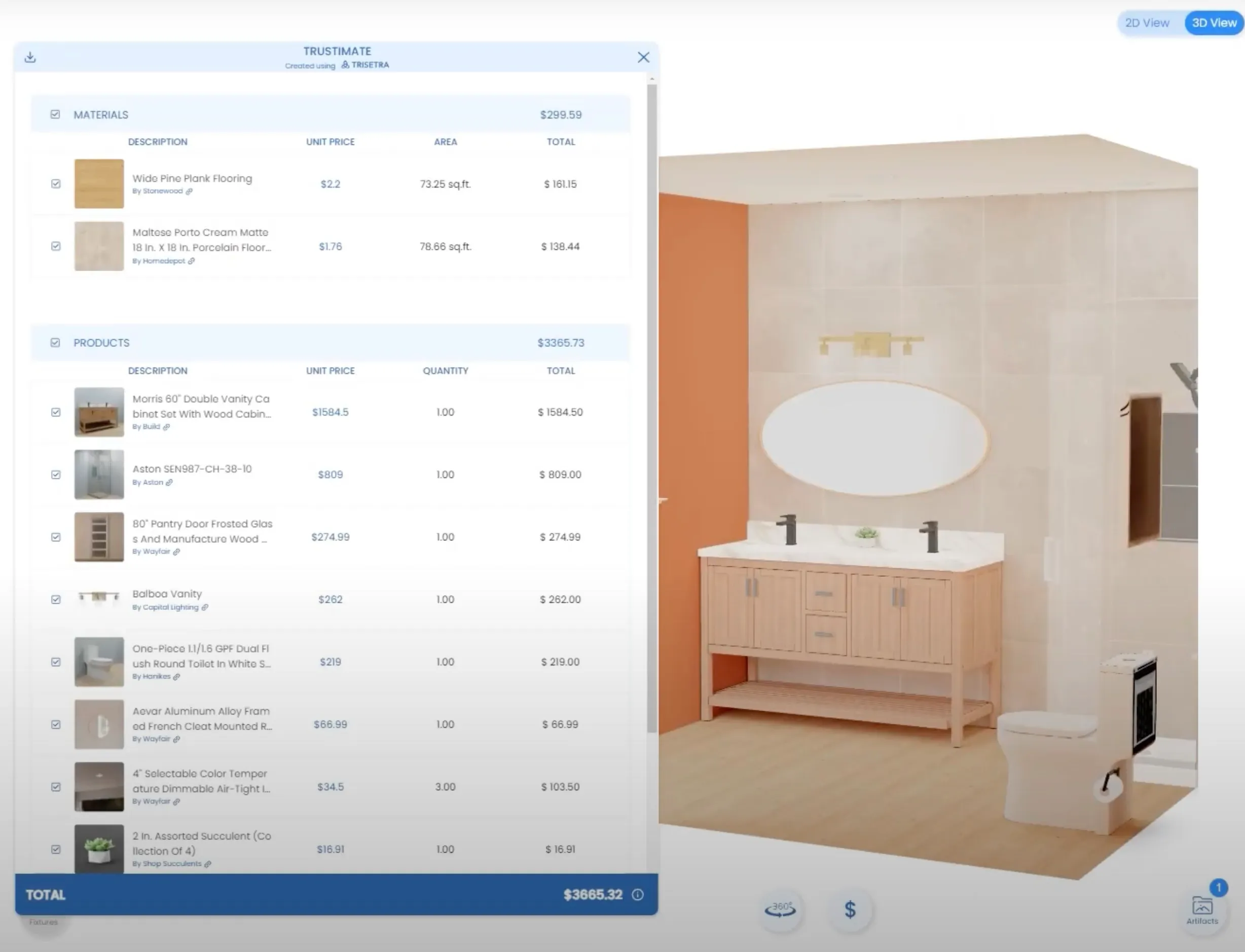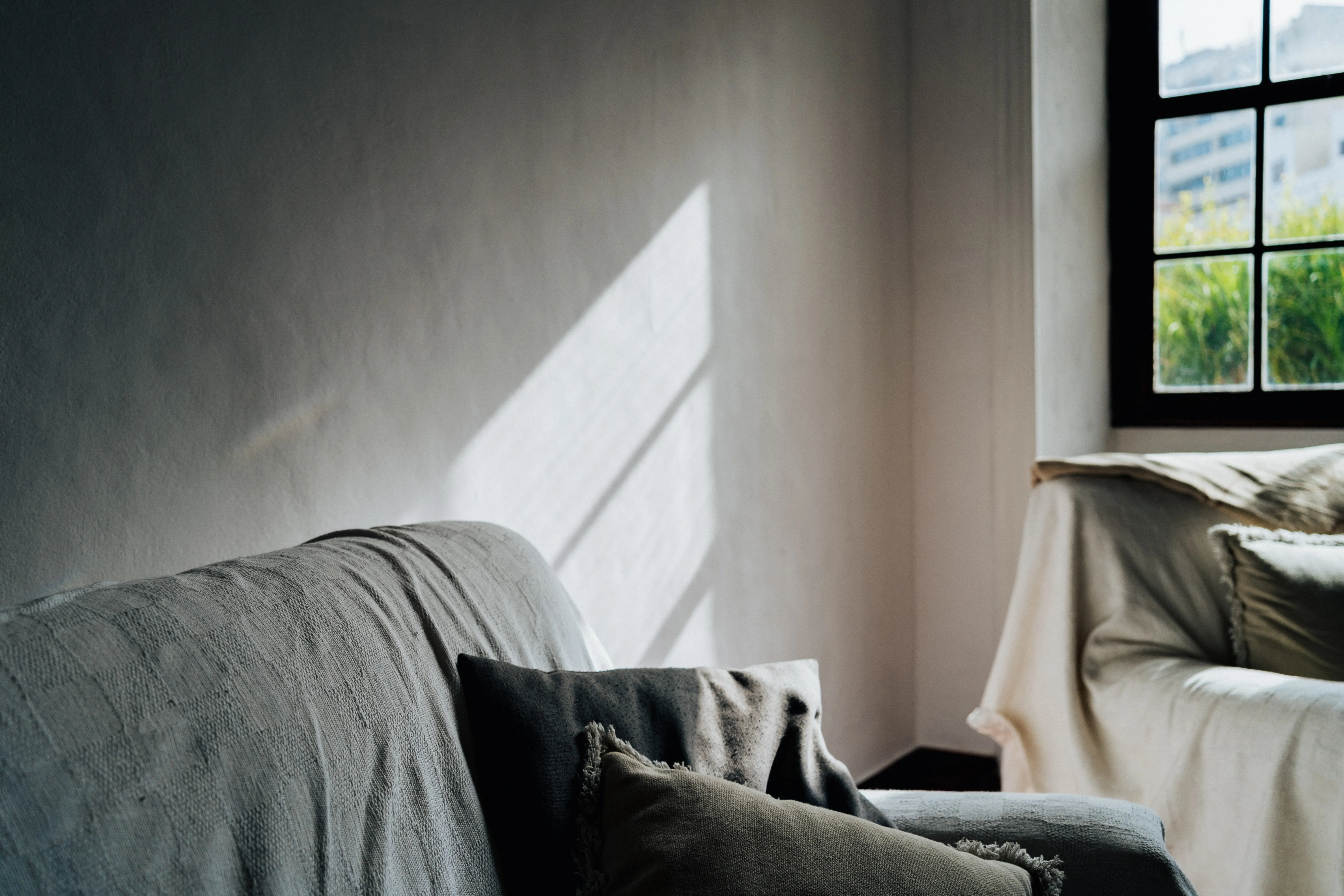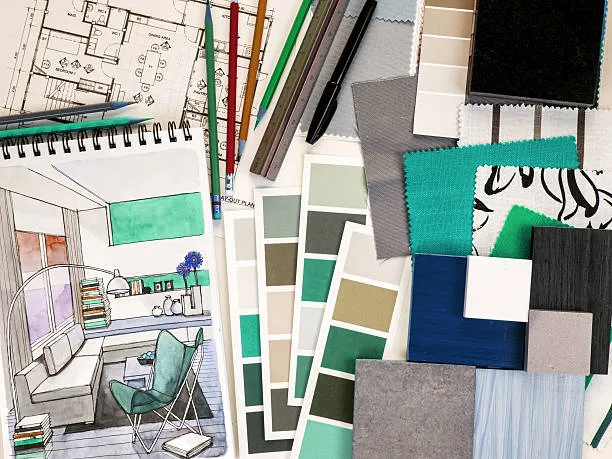Light affects how we see color
Choosing the right paint color palette for the rooms can be challenging. Colors have a significant impact on the mood and feel of a space, so it’s essential to get it right. One factor that affects the perceived color of the walls is the amount of natural light the room receives.
Here are a few simple rules to follow based on the direction your room is facing.
North facing rooms
They receive the light with cool blue-gray tones. The light would be present for most of the day, but it would appear muted and subdued. Use white, gray, and neutral paint colors with a slight warm undertone to balance the room’s overall look. This will ensure that the colors don’t overpower the space. A few examples of examples of paint color from Benjamin Moore.

South facing rooms
Rooms facing south experience conditions that are almost the opposite of those facing north. Natural light is brighter and appears warmer. To balance the room’s overall look, use white, gray, and neutral paint with a slight cool undertone. Here are a few examples:

East facing rooms
In the morning, east-facing rooms get direct sunlight. However, in the afternoon, the light is more muted and indirect. This shade makes the room feel cooler, so use colors with warm undertones to balance it out. Here are a few examples.

West facing rooms
Opposite to east-facing rooms, muted light in the morning and strong, direct light past noon create a warmer atmosphere. To balance this, use colors with cool undertones. Here are a few examples:

Consider how the seasons affect the tone of light in a room. In winter, the rooms will appear cooler, while in summer, the bright days will create a warmer atmosphere.
The artificial lights bring another factor into play. Incandescent bulbs emit a warm, natural light, making warm colors more vibrant and cool colors less intense. Meanwhile, fluorescent lights give off a cool light, which works well with cooler colors such as blues, greens, and grays.
Check before you buy
Once you’ve narrowed down the color options for the room you’re painting, you still need a way to evaluate your choice.
Traditional approach
A common approach is to buy paint samples from the store and paint part of the wall. Observe the patch for a few days under different lighting conditions. This process can be costly, as each sample costs almost $5. Trying multiple paints can add up quickly. Additionally, multiple patches of different colors on the wall may not be helpful.
Modern approach
A modern approach to painting your room is to see it with the 3D replica under both day and night lighting. You can walk through it just as you would in the real space, and you can do this for an unlimited number of options at the same fixed price. Trisetra Decor offers an AI color consultant to make this possible. Sign UP to this innovative solution today!
Sources







